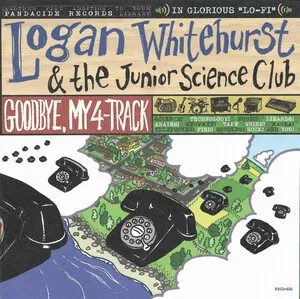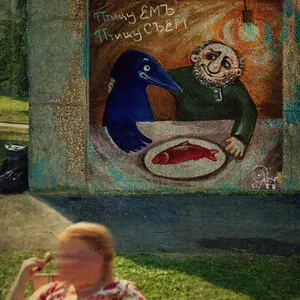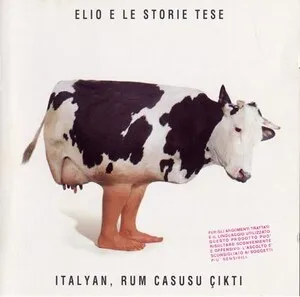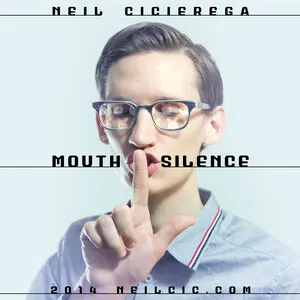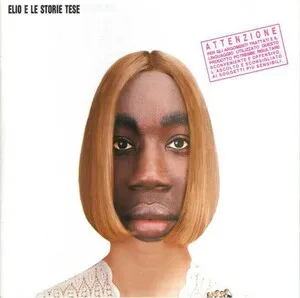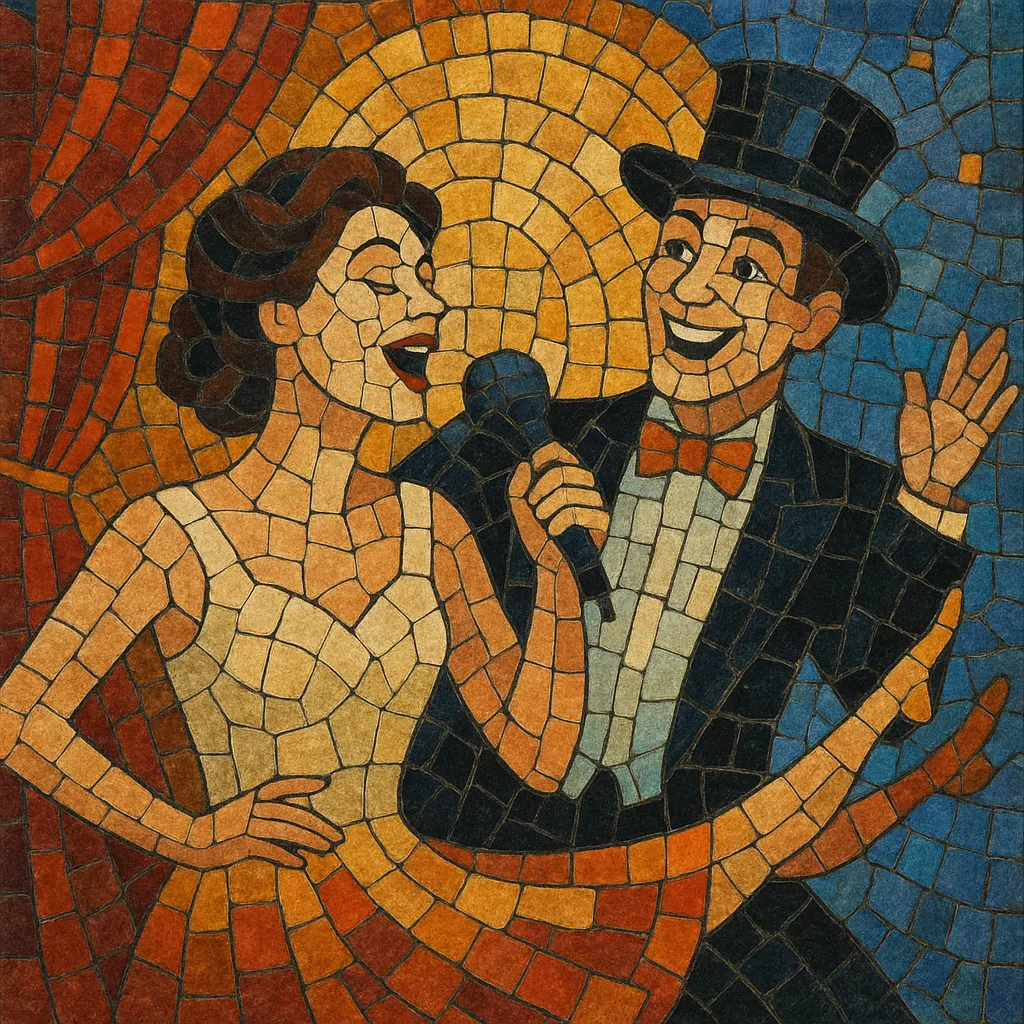
Musical comedy is a light, song-driven form of musical theatre in which humorous plots, witty lyrics, and lively dance numbers carry the action. It emphasizes charm, romance, topical jokes, and a brisk pace over operatic complexity or heavy drama.
Emerging out of late Victorian and Edwardian theatre, it blended the tuneful accessibility of operetta with the variety formats of music hall and vaudeville, then absorbed the catchy, verse–refrain songcraft of Tin Pan Alley. The result was a sleek, modern entertainment built around memorable melodies, comic patter songs, and sparkling dialogue.
Although later musical theatre diversified in tone, musical comedy remains a cornerstone of the stage and screen repertoire, supplying a large share of the Great American and British songbooks as well as many of the most enduring “standards.”
Musical comedy coalesced in London during the late Victorian and Edwardian eras, especially at the Gaiety Theatre under producer George Edwardes. These shows replaced dense operetta plots with breezier stories, fashionable contemporary settings, and star-driven ensembles. The format drew on operetta/opéra comique for structure, music hall and vaudeville for variety and humor, and patter-song traditions for comic velocity.
New York’s Broadway quickly adapted the form. George M. Cohan popularized brisk, patriotic, and colloquial musical comedies; Tin Pan Alley composers supplied tightly crafted, radio-ready songs. As jazz and dance crazes spread, scores embraced syncopation, foxtrots, and ragtime energy. Writers such as Irving Berlin, Jerome Kern (often with P. G. Wodehouse), George and Ira Gershwin, and Cole Porter refined the witty, urbane style.
The genre matured with more integrated storytelling while keeping a light comic tone. Shows by Rodgers & Hart and later Frank Loesser balanced snappy wordplay with character-driven songs. Film adaptations and original screen musicals helped standardize the sound and spread the songs globally, feeding the Great American Songbook and traditional pop repertoires.
While postwar musical theatre expanded into serious drama and concept works, musical comedy persisted through revivals, pastiche, and new works that favor wit and buoyant orchestration. Its craft—smart lyrics, clear song forms, dance-forward numbers—remains foundational for stage and screen musicals, cabaret, and vocal jazz interpretations.


